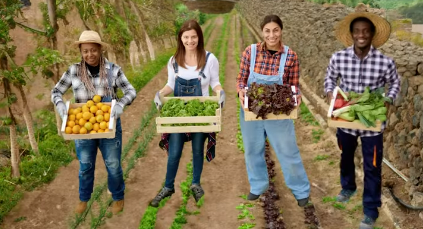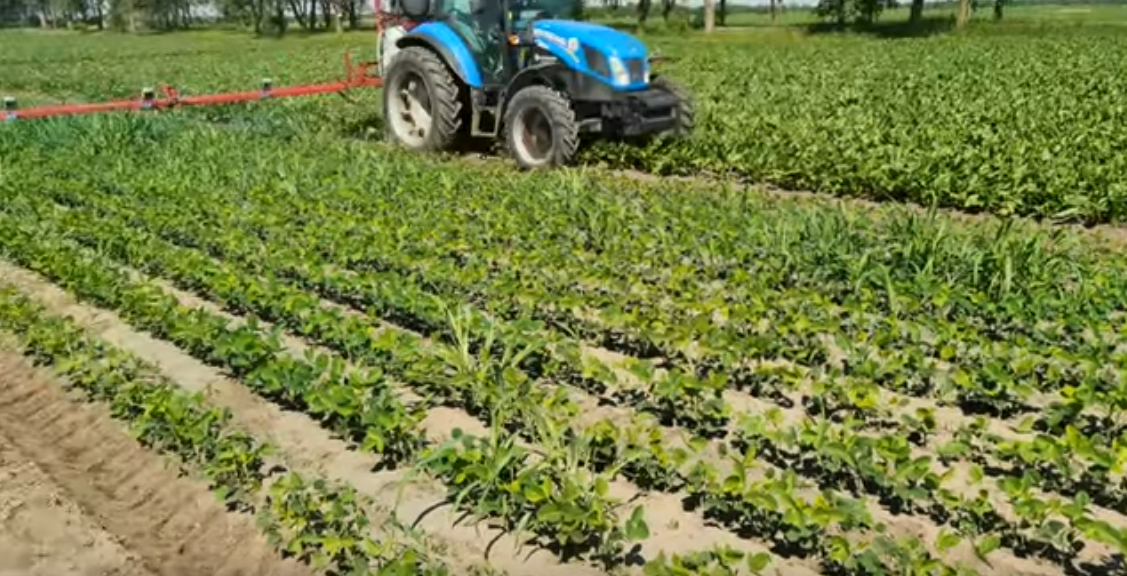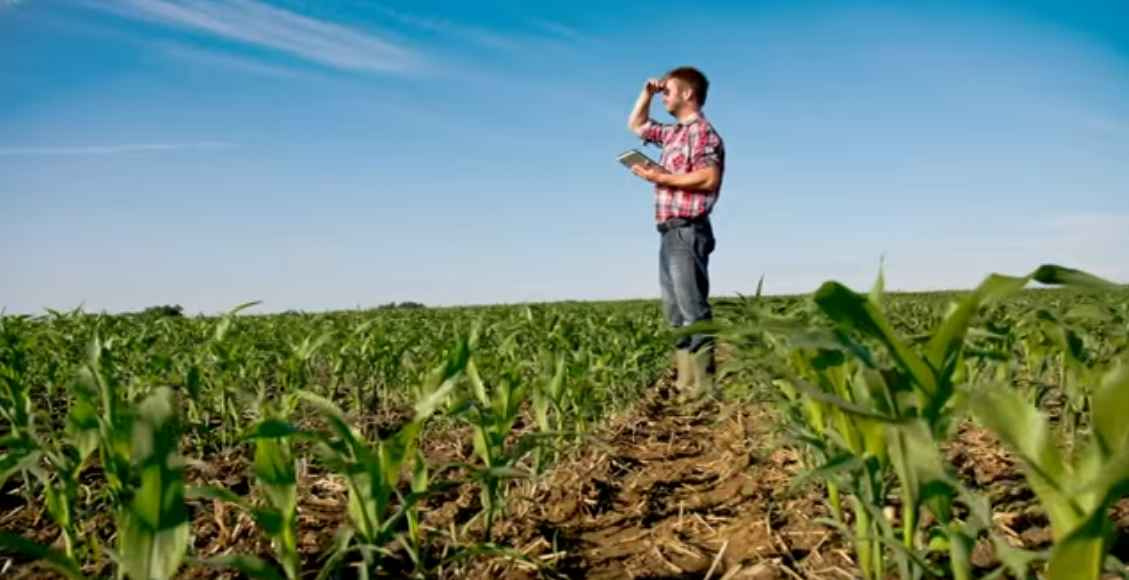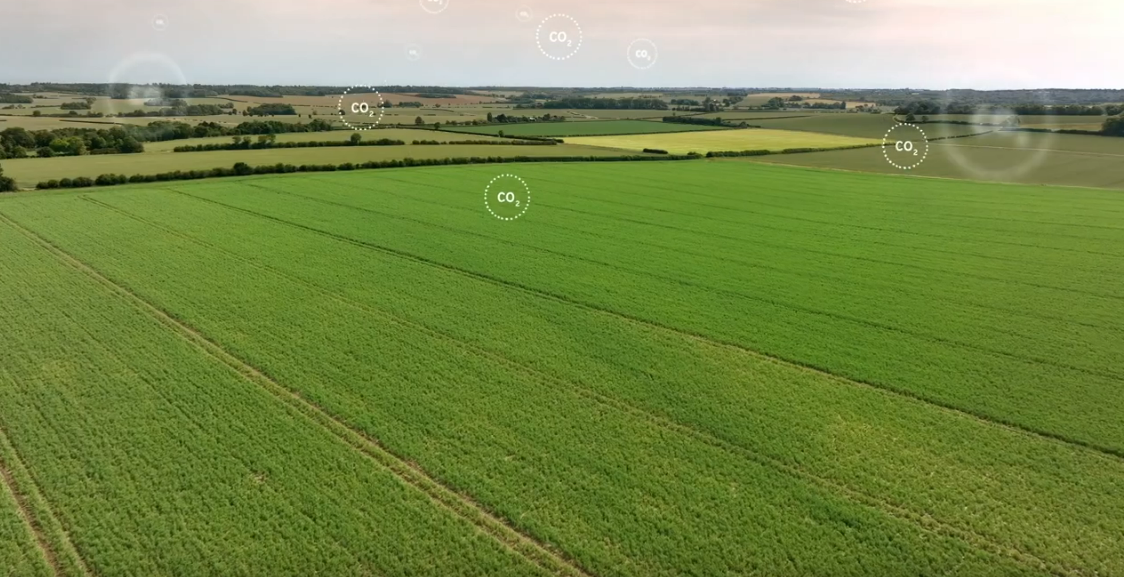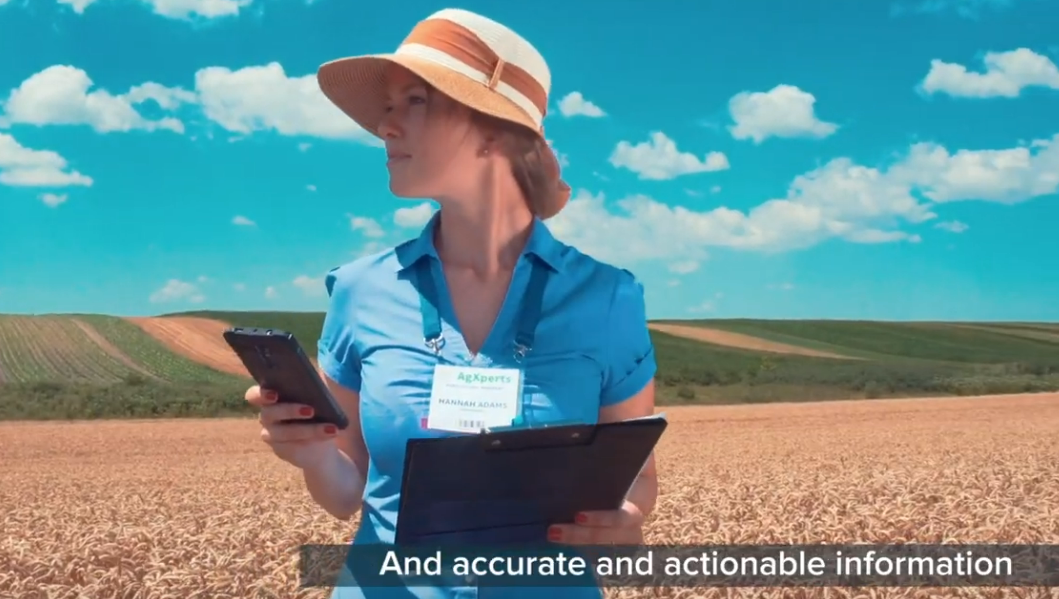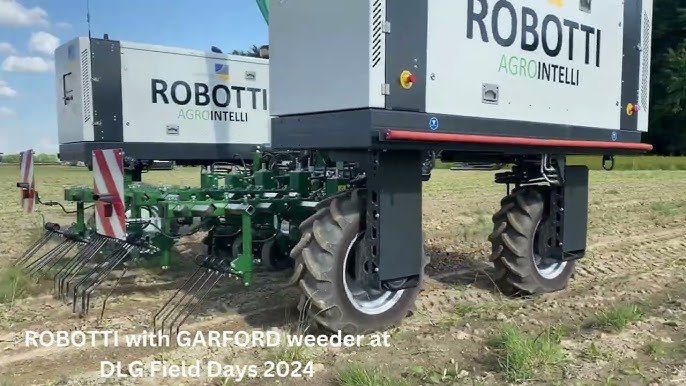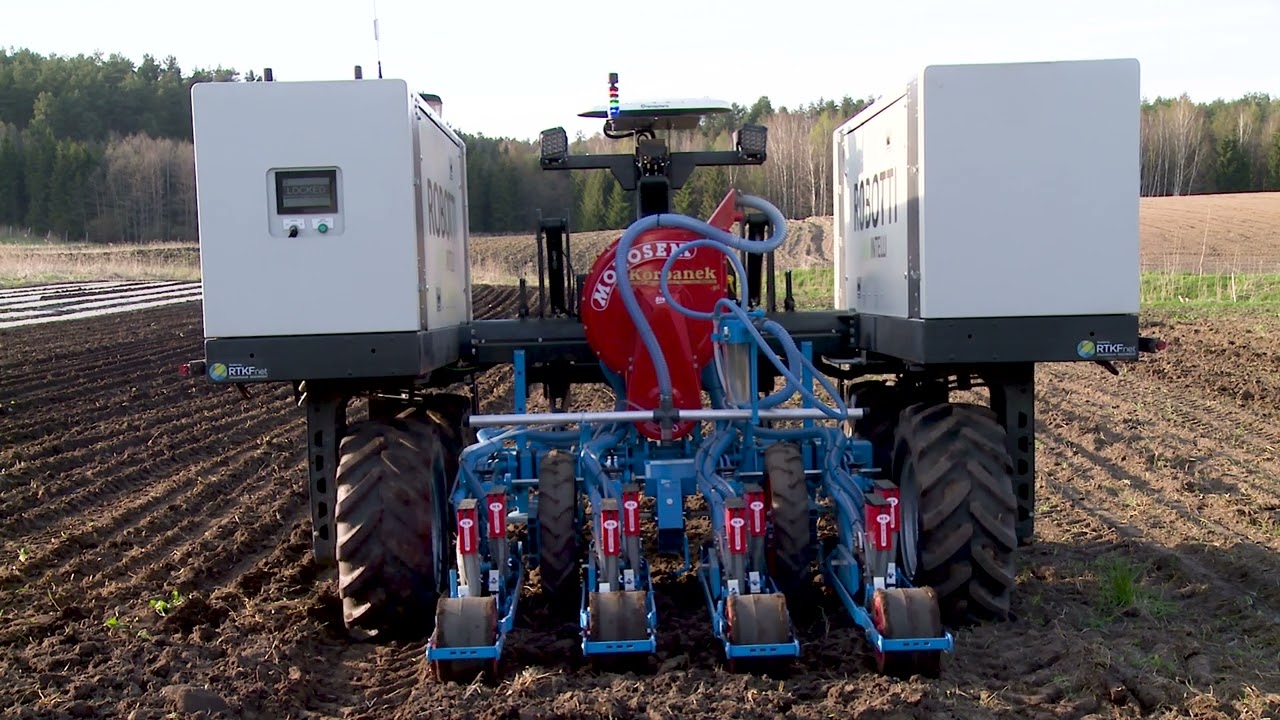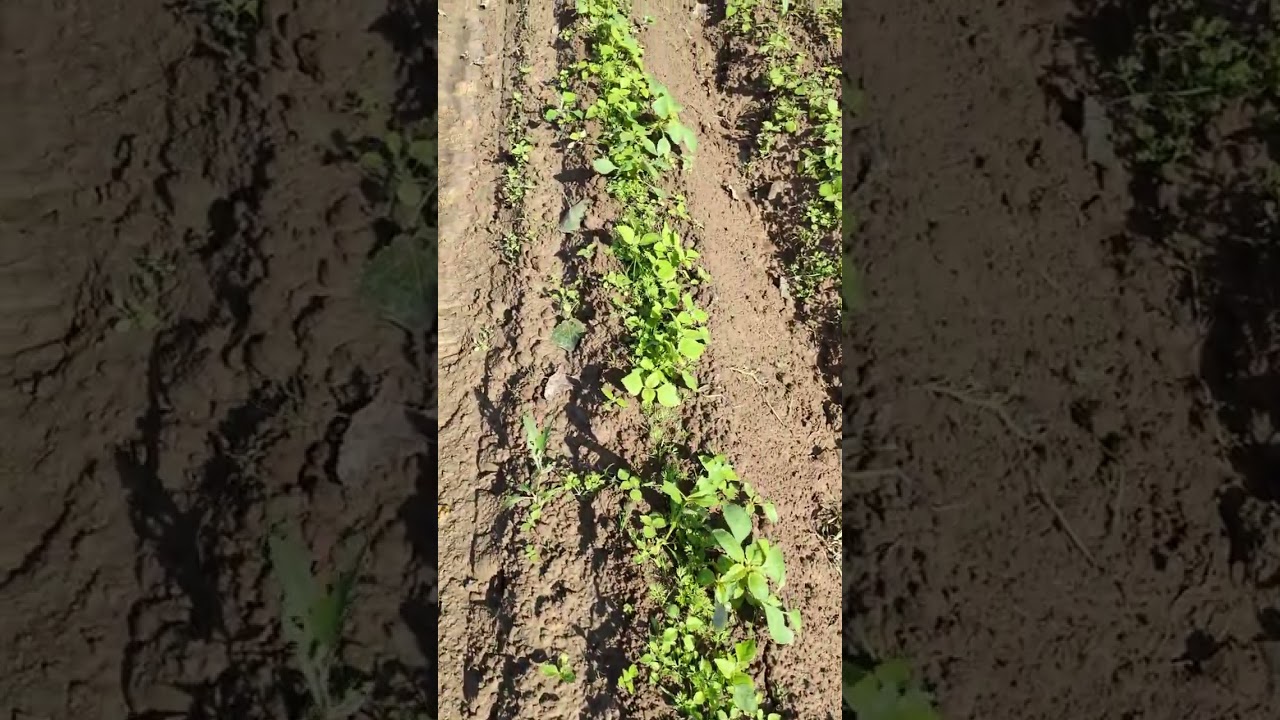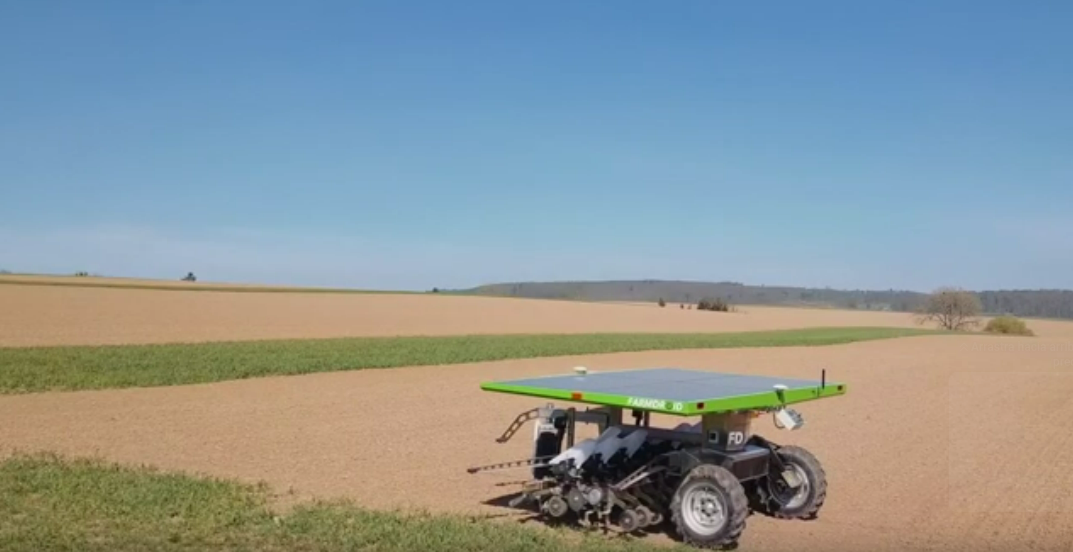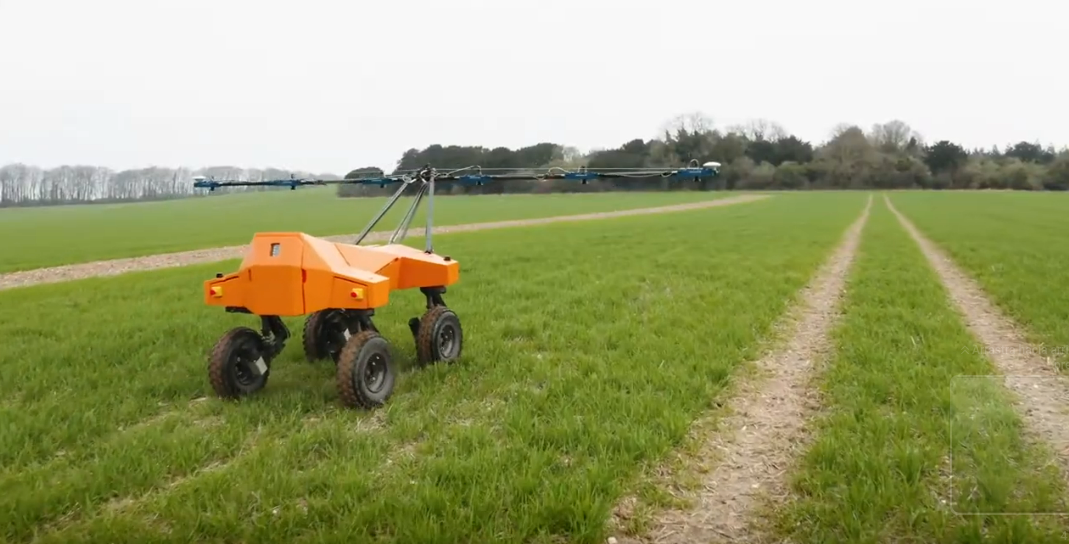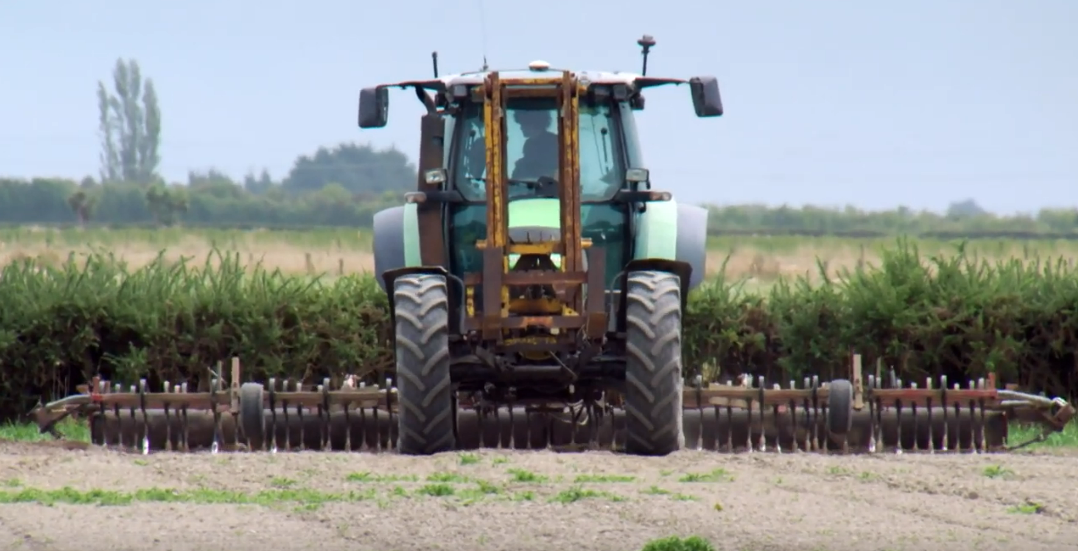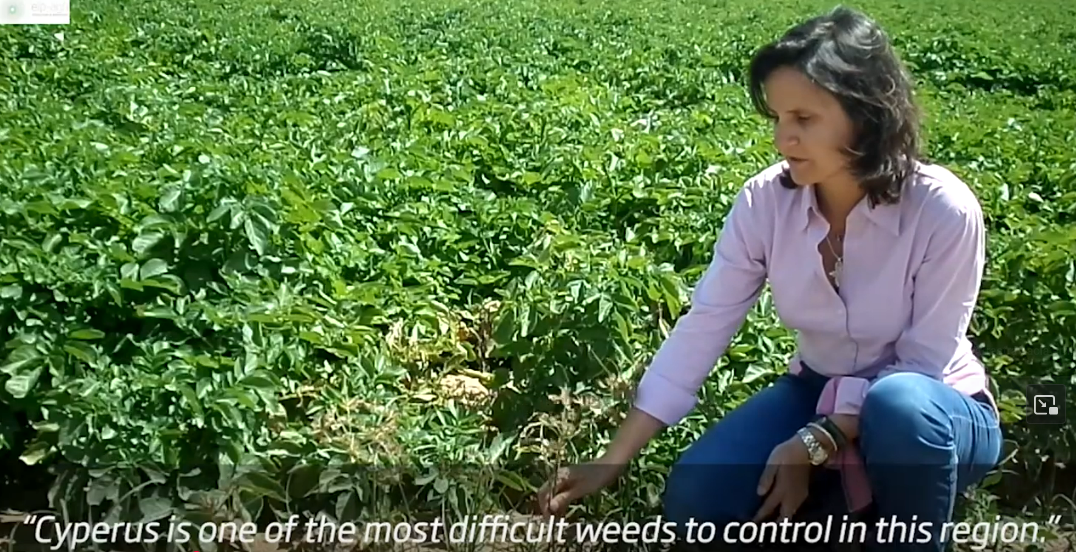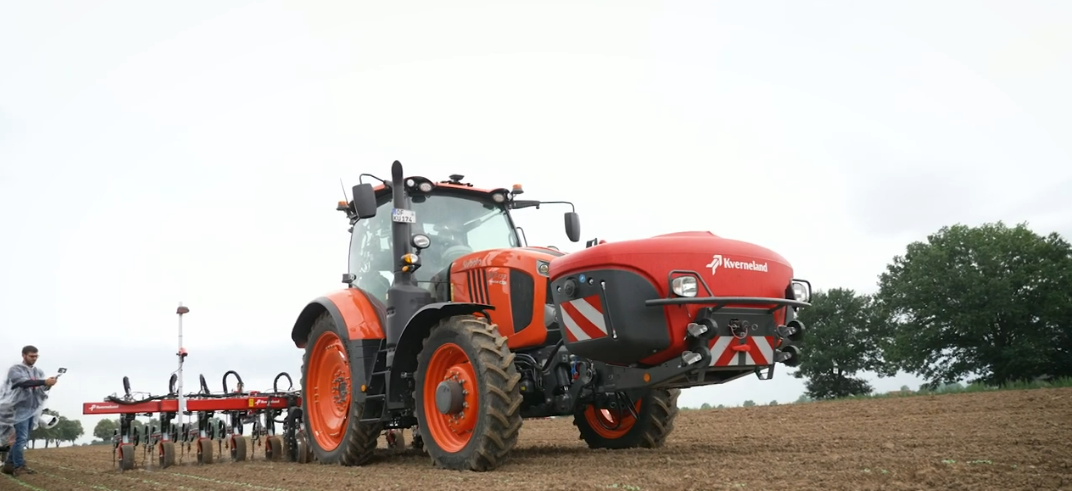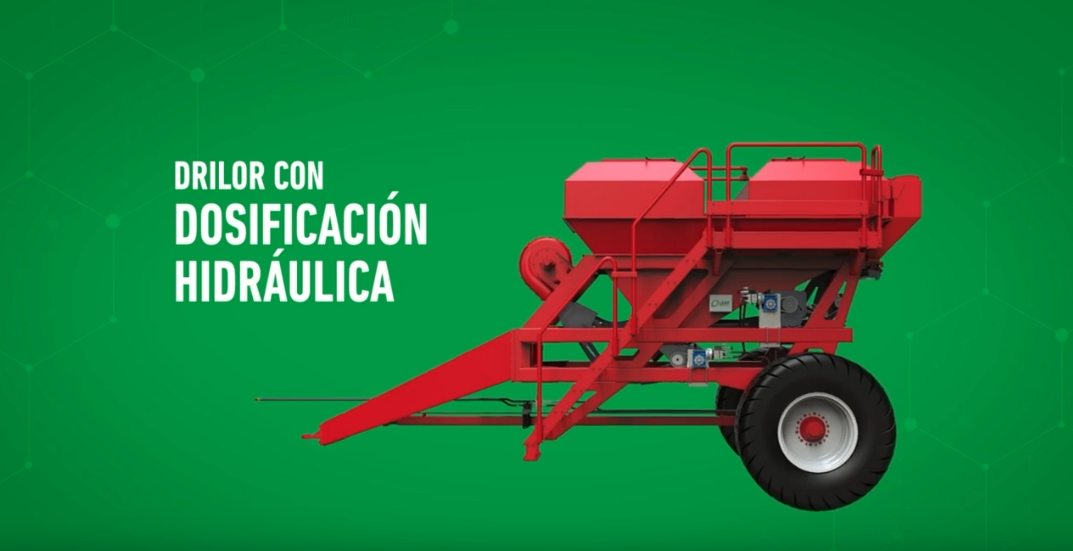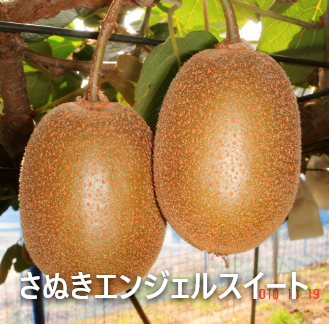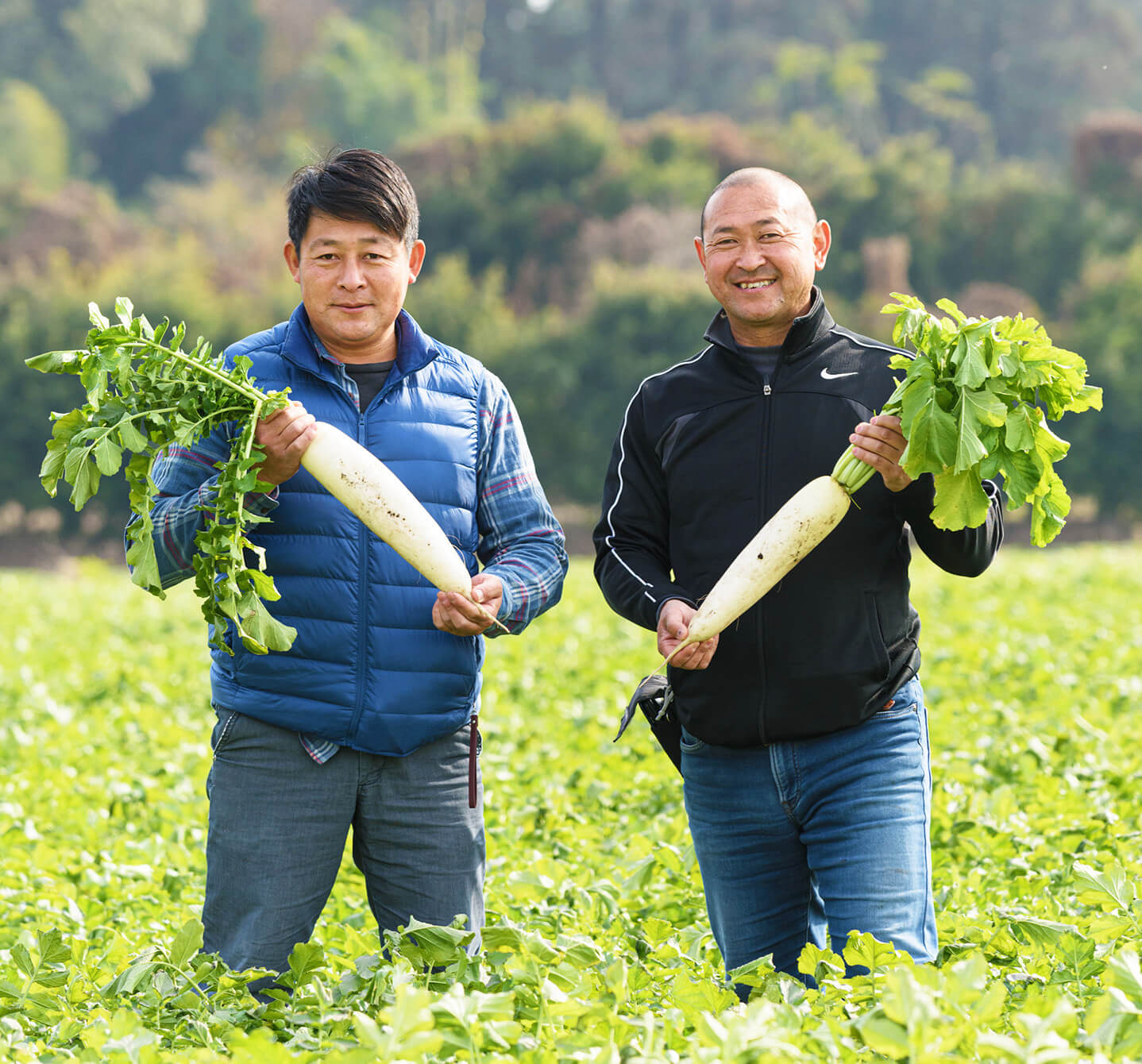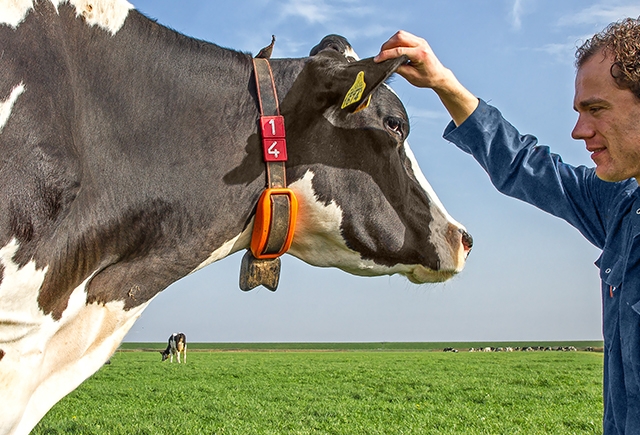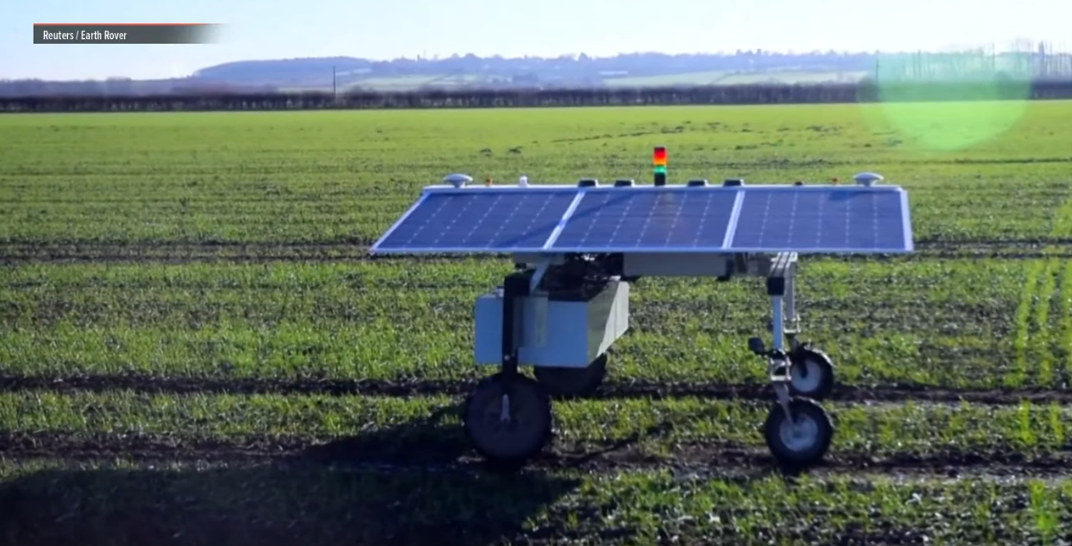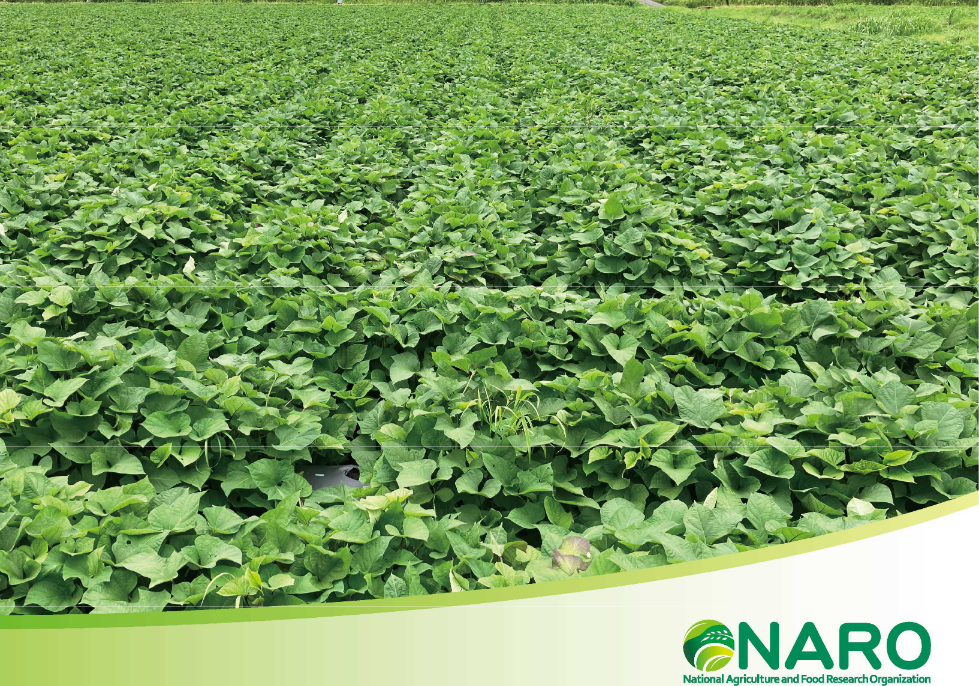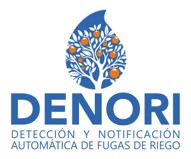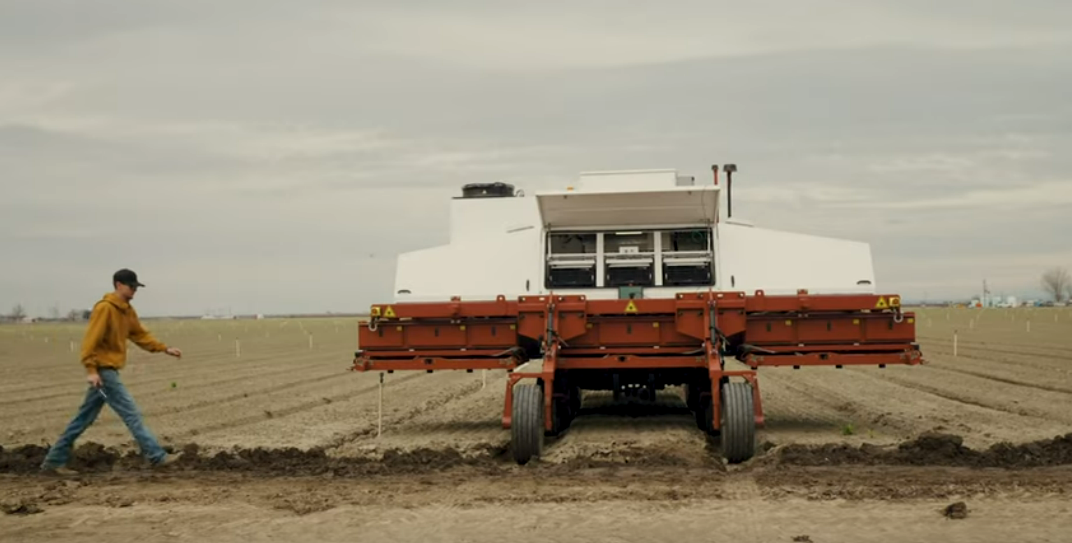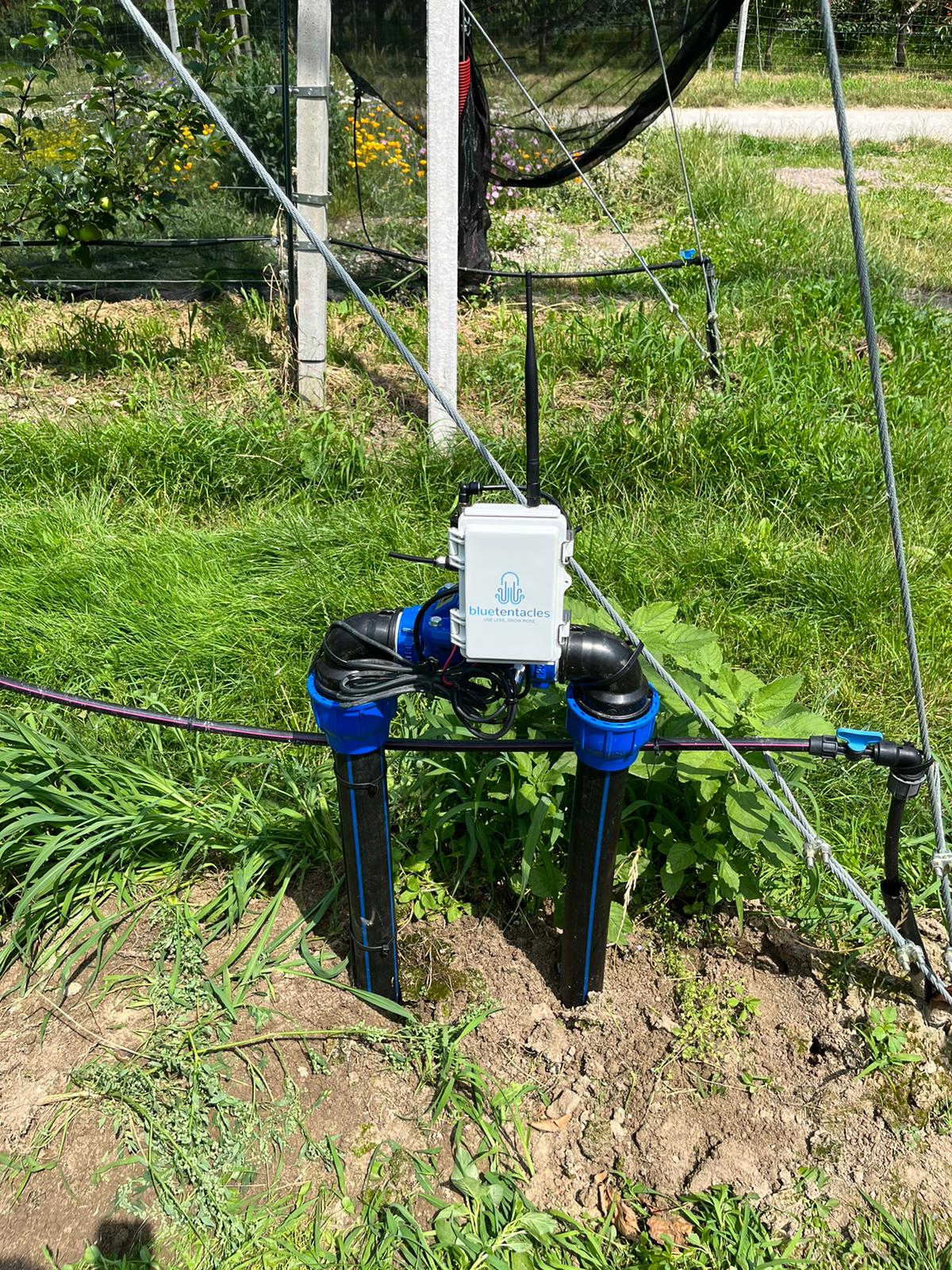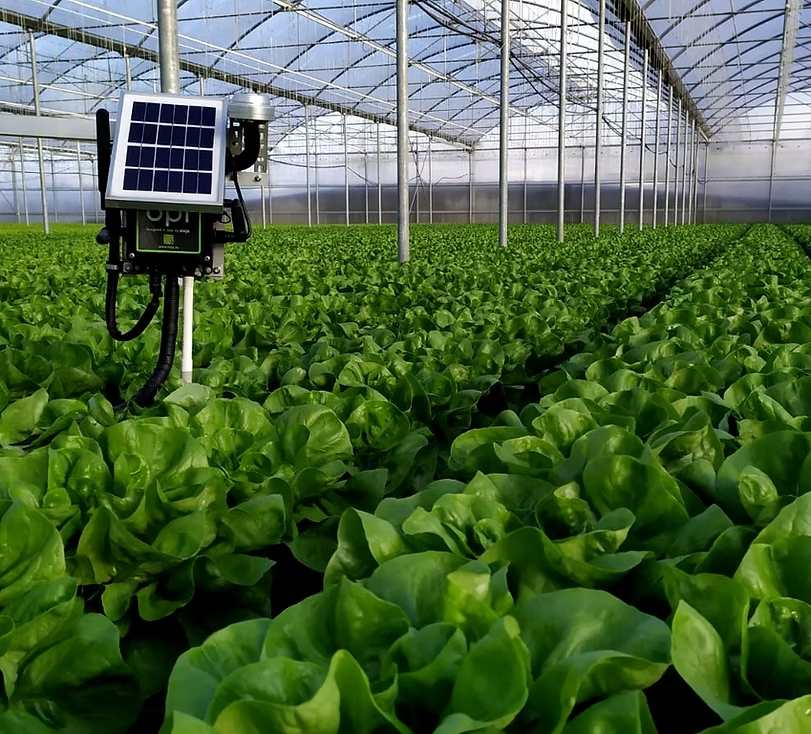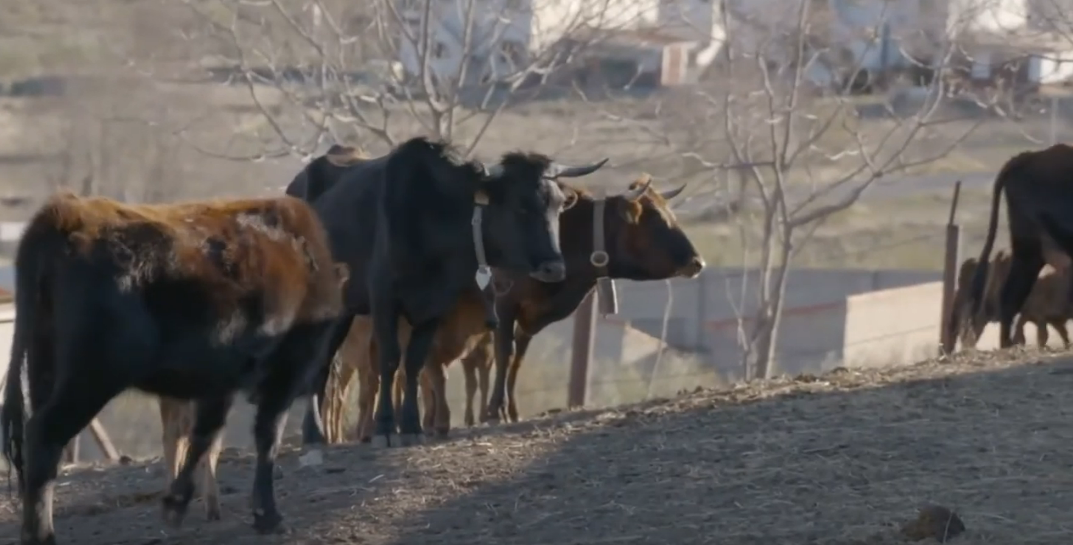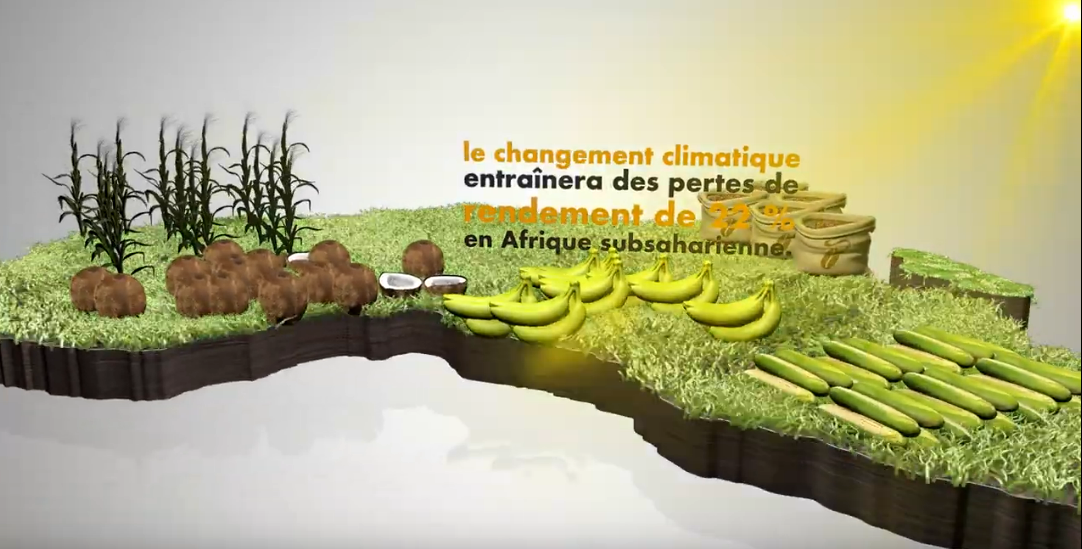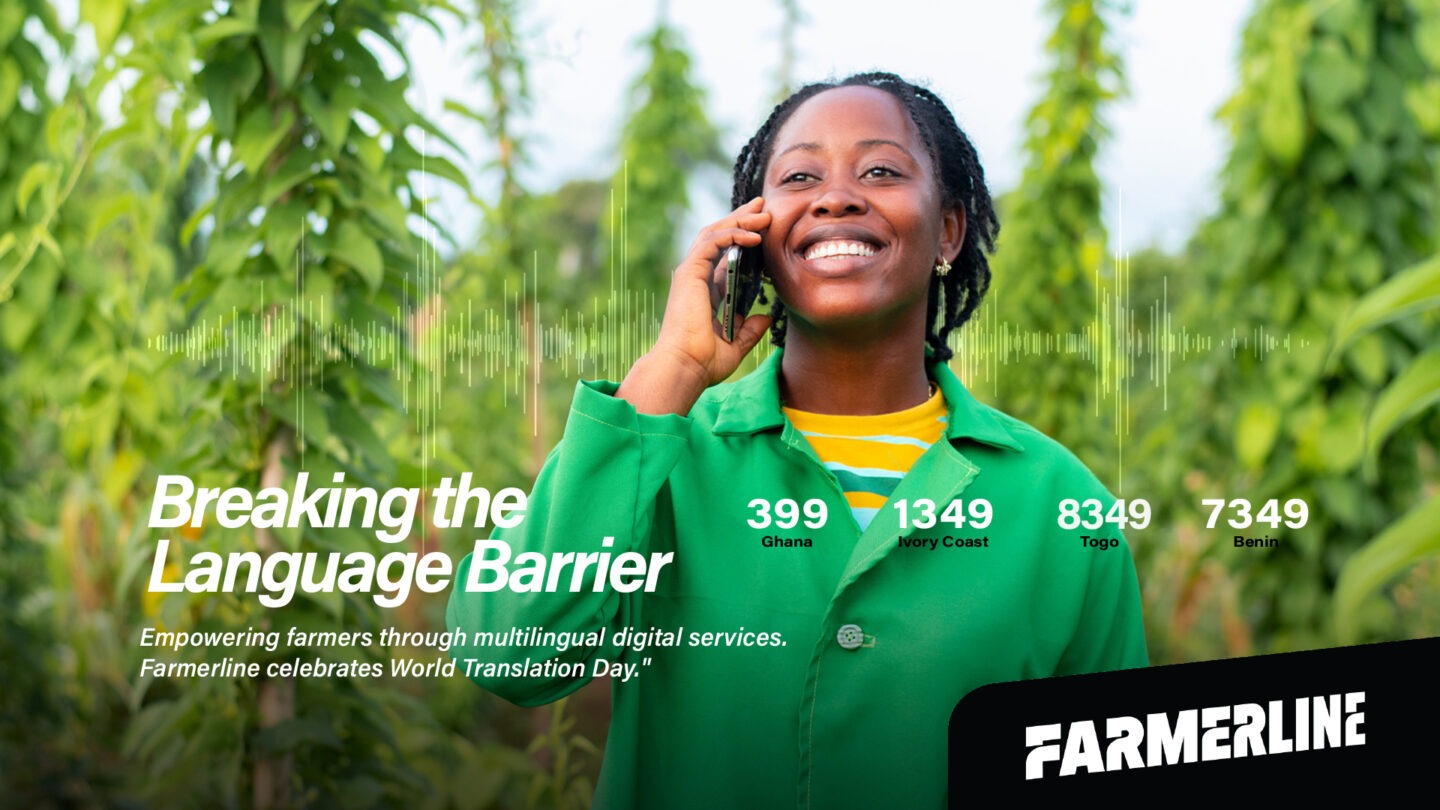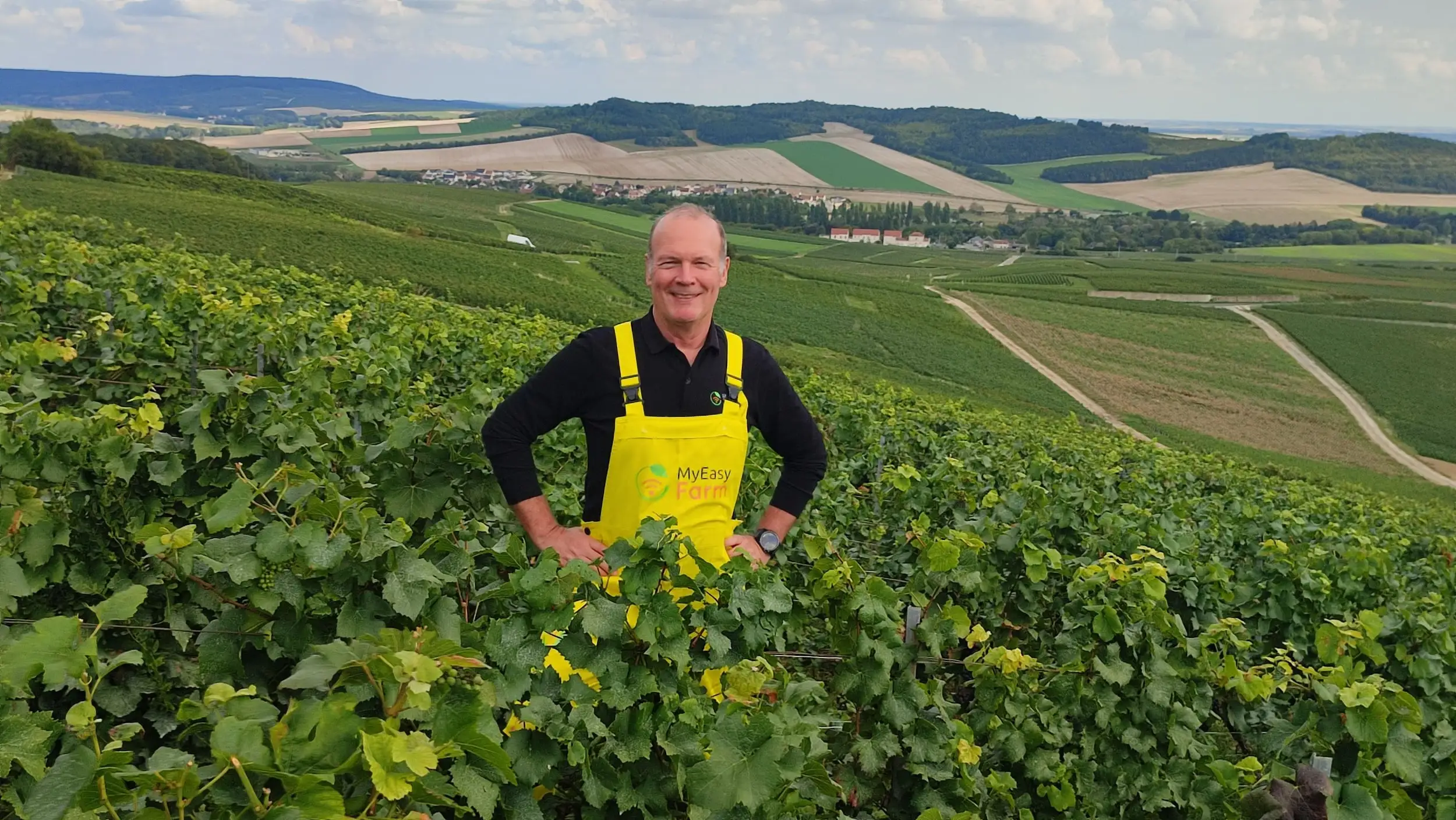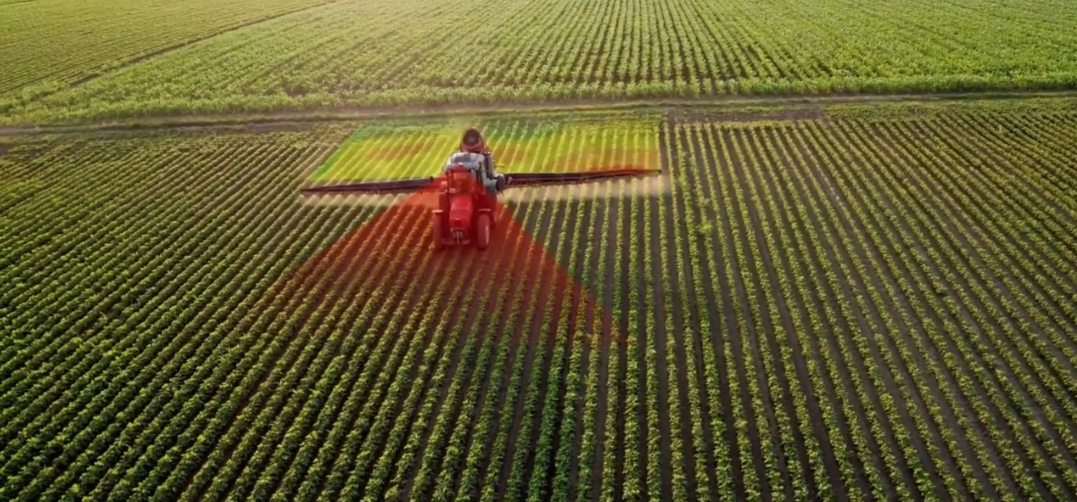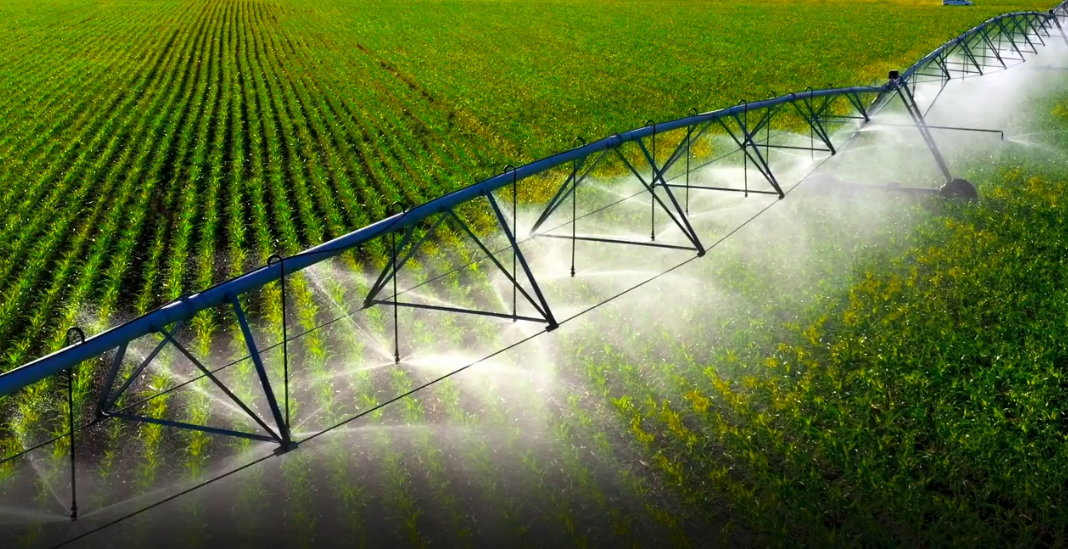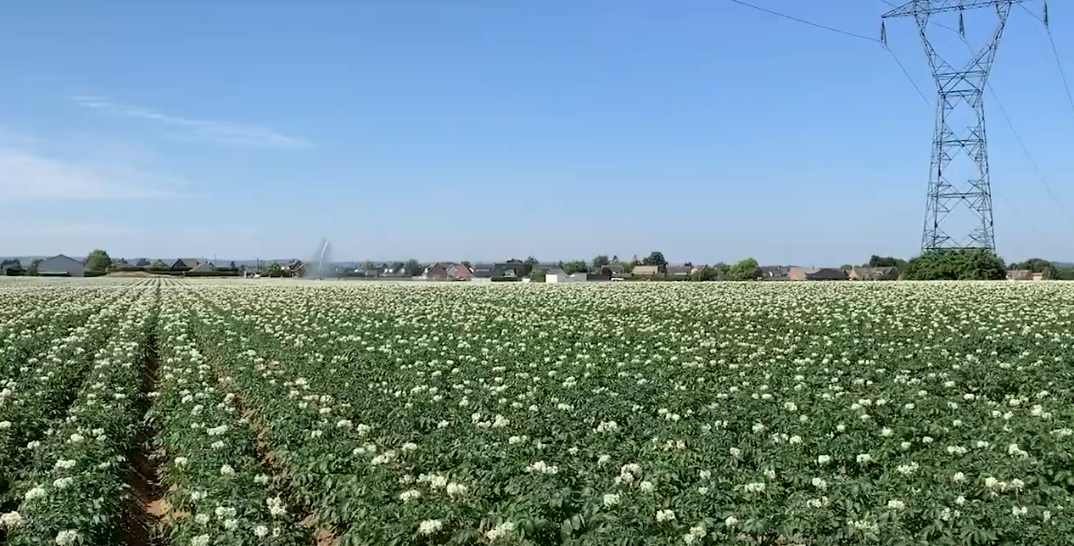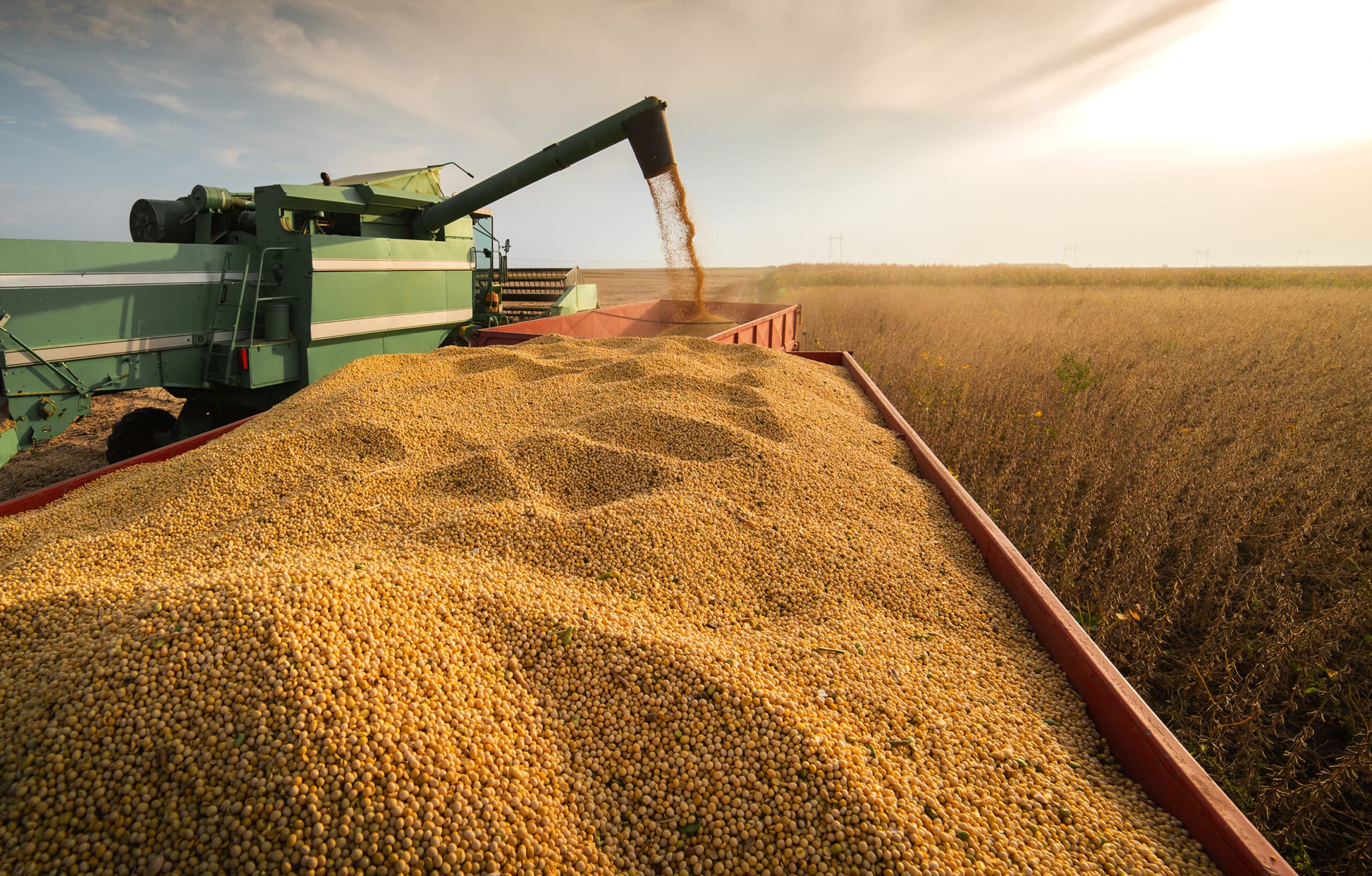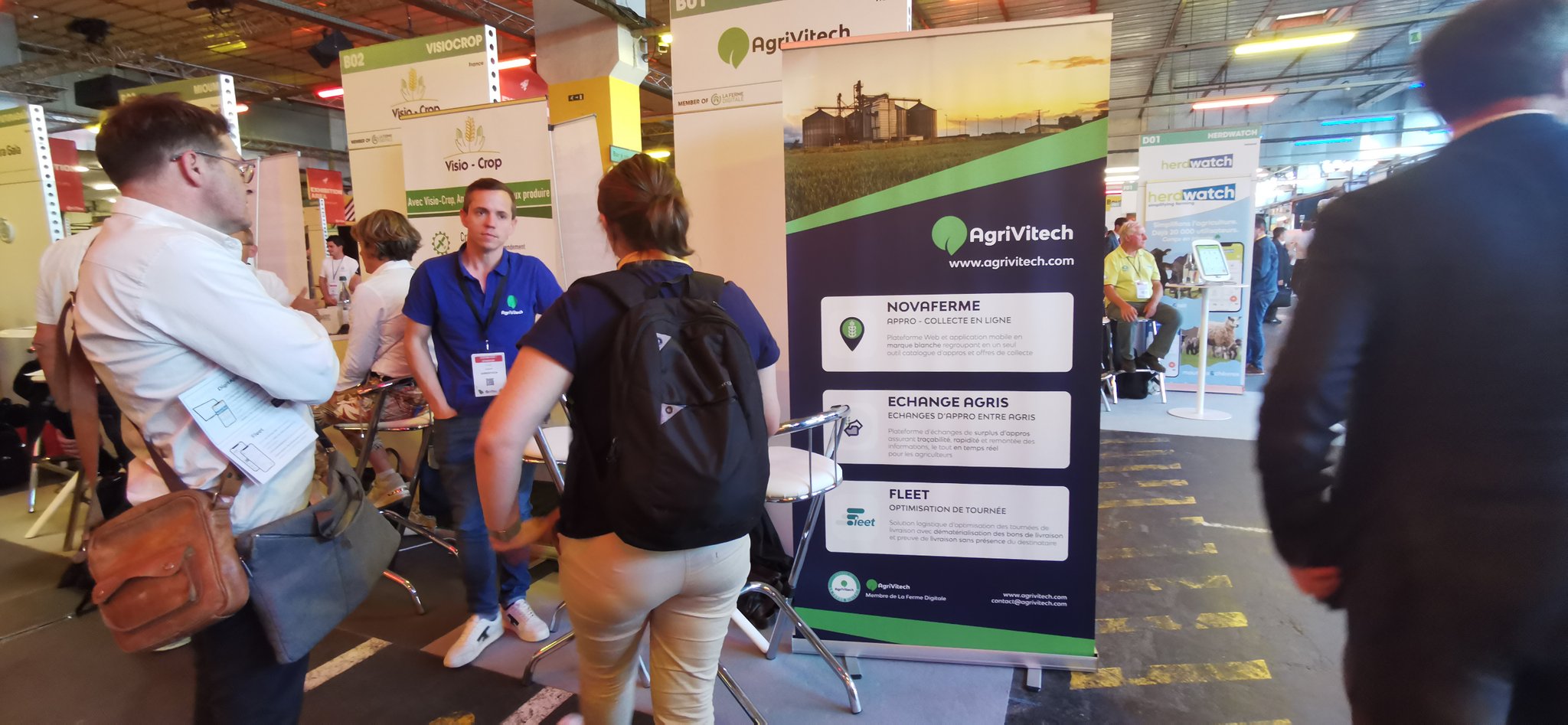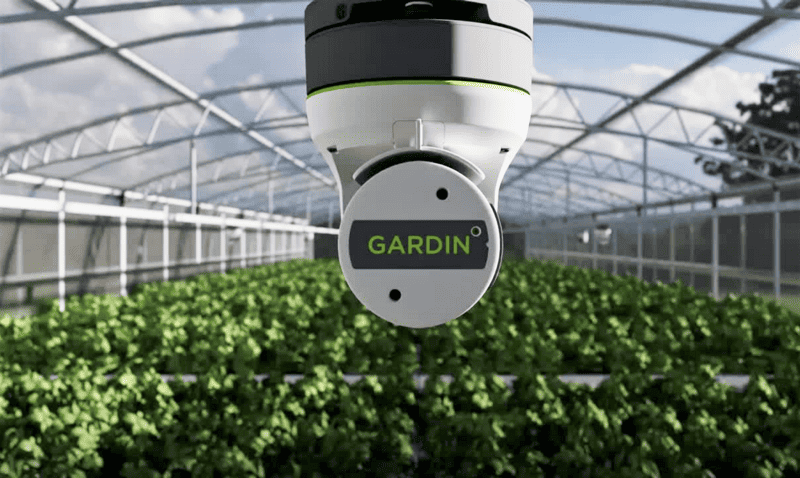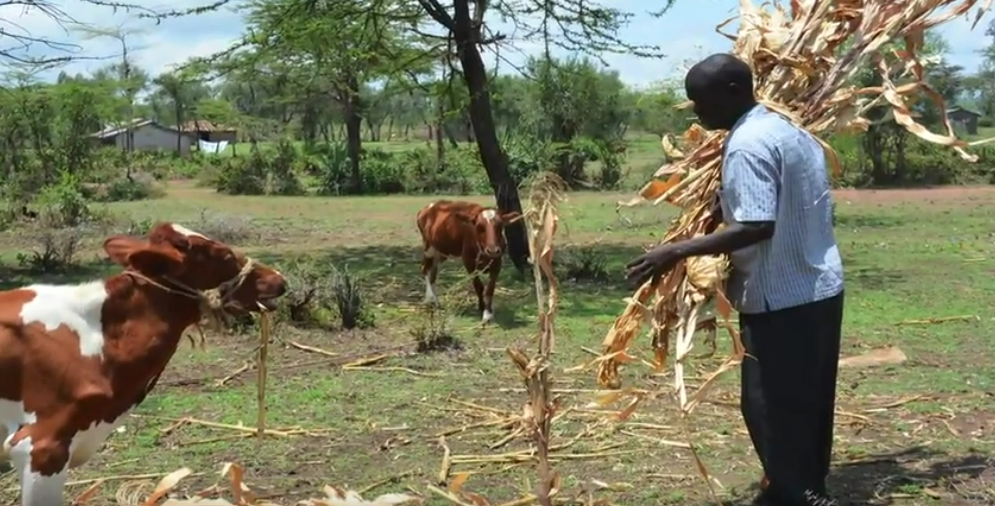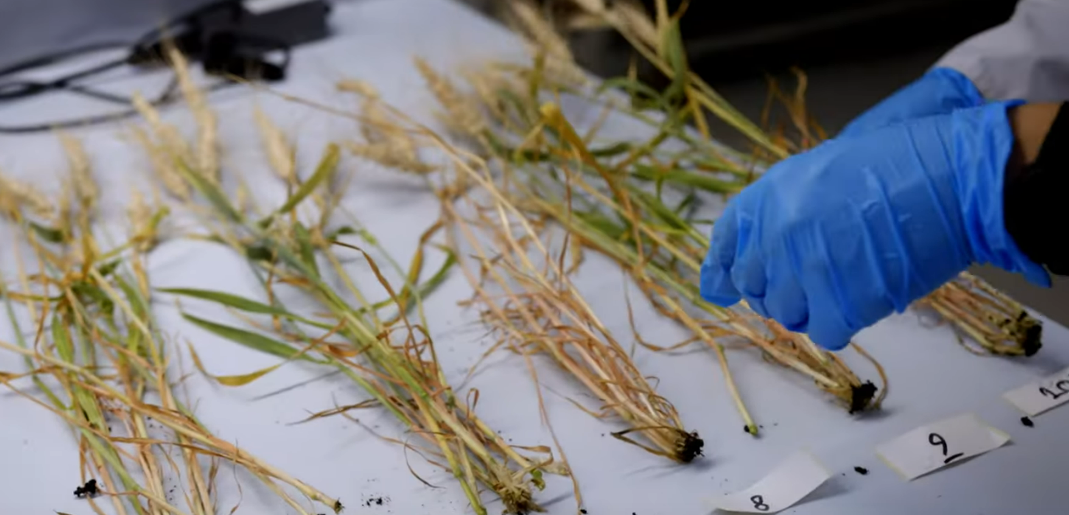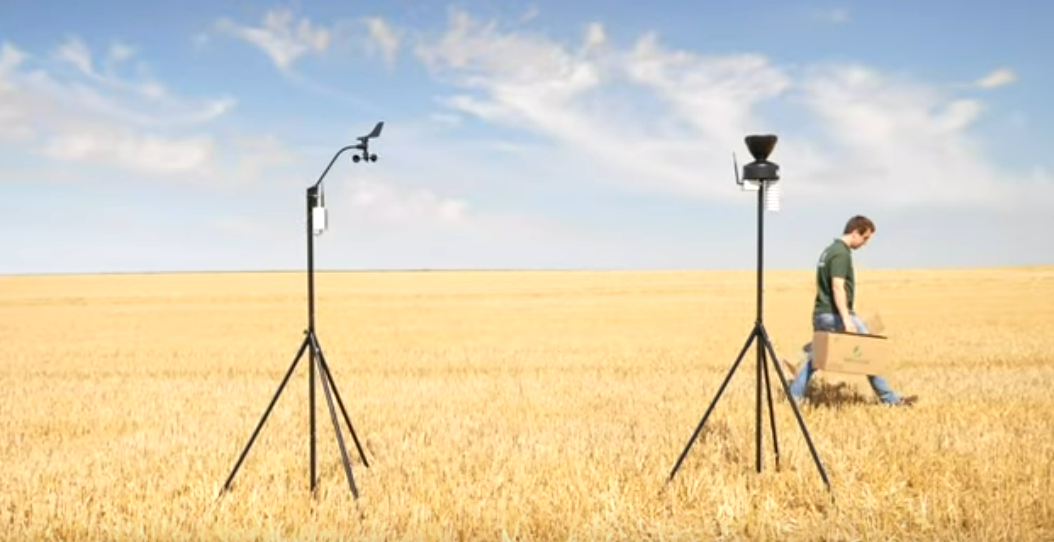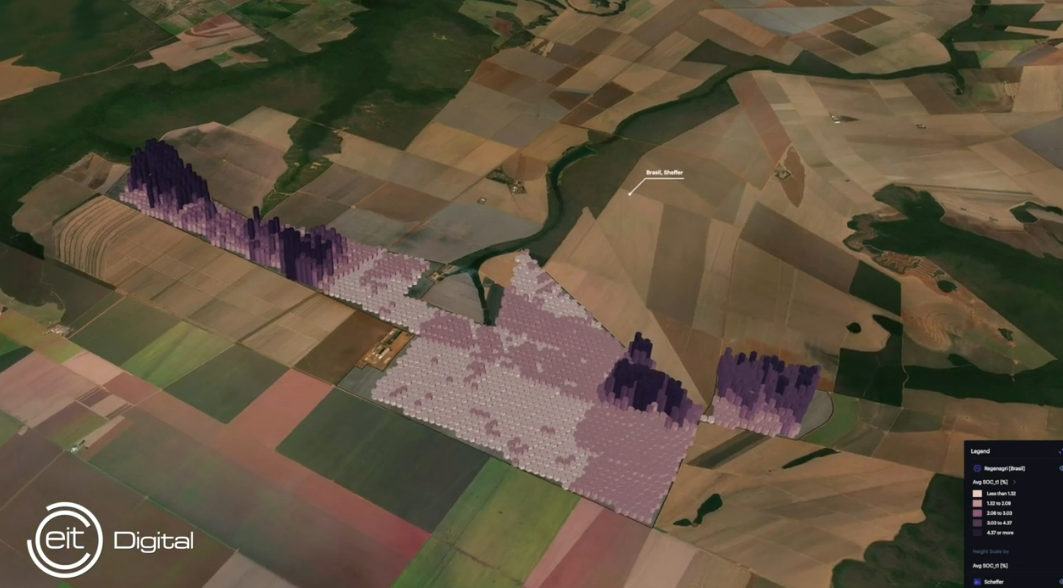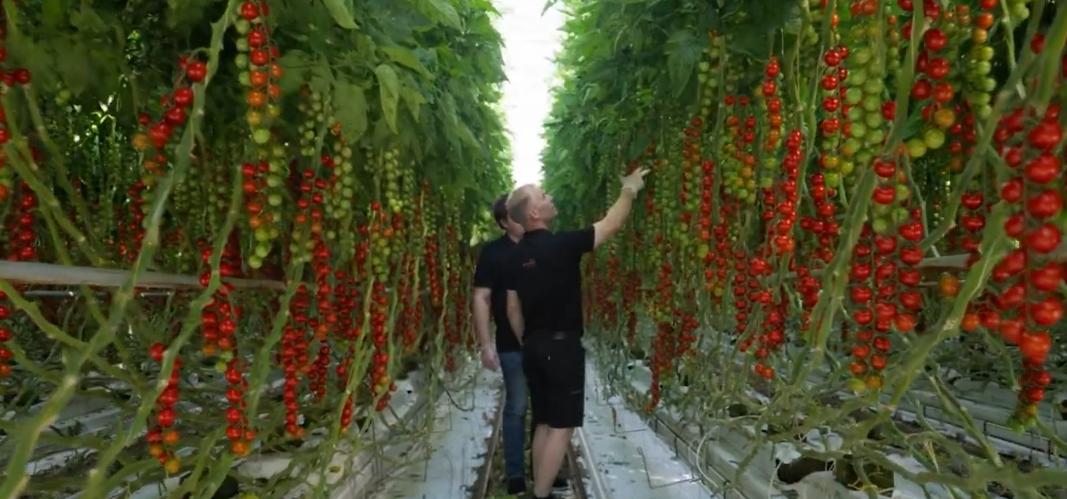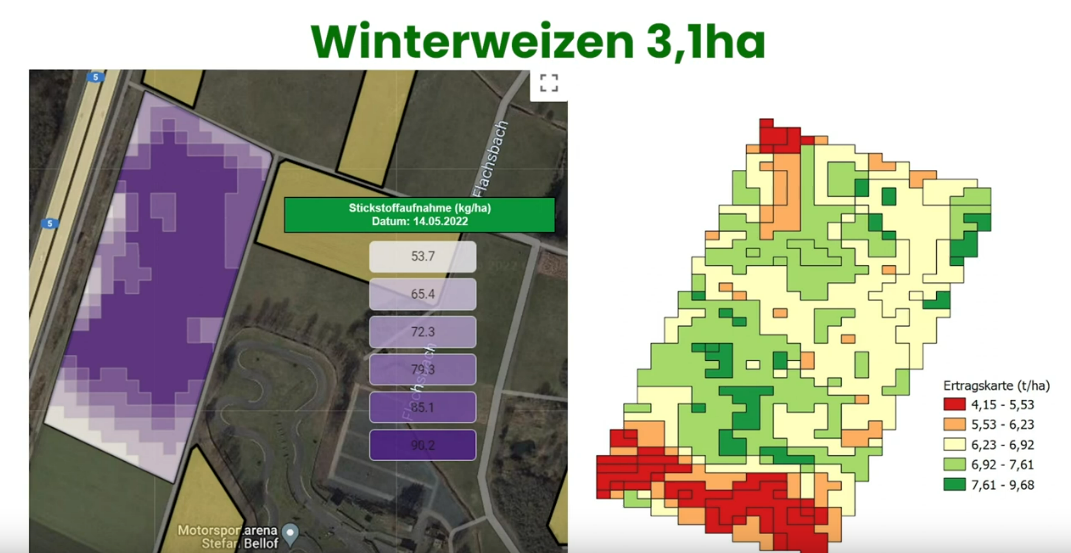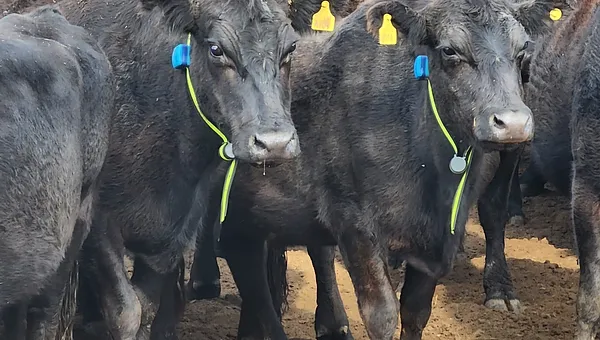Case Studies
Farming in the twenty-first century has the opportunity of conceiving new approaches to yielding more from the land in ways that can equalise farmers in both developed and emerging economies thanks to precision agriculture, robotics and sensor-based technologies that leverage from artificial intelligence and data analytics. With the help of robotics and precision tools, AI-driven agriculture is dismantling the twentieth century practice of using large industrial vehicles to cultivate the land. Farming in this century is about caring for each plant individually, each animal individually. If the soil is well cared for in a precise and specific way, and when each animal is monitored and cared for individually, farmers can not only increase their yields - by reducing costs, or by spending less in veterinarians - but rather increase the quality of their produce incrementally as well.
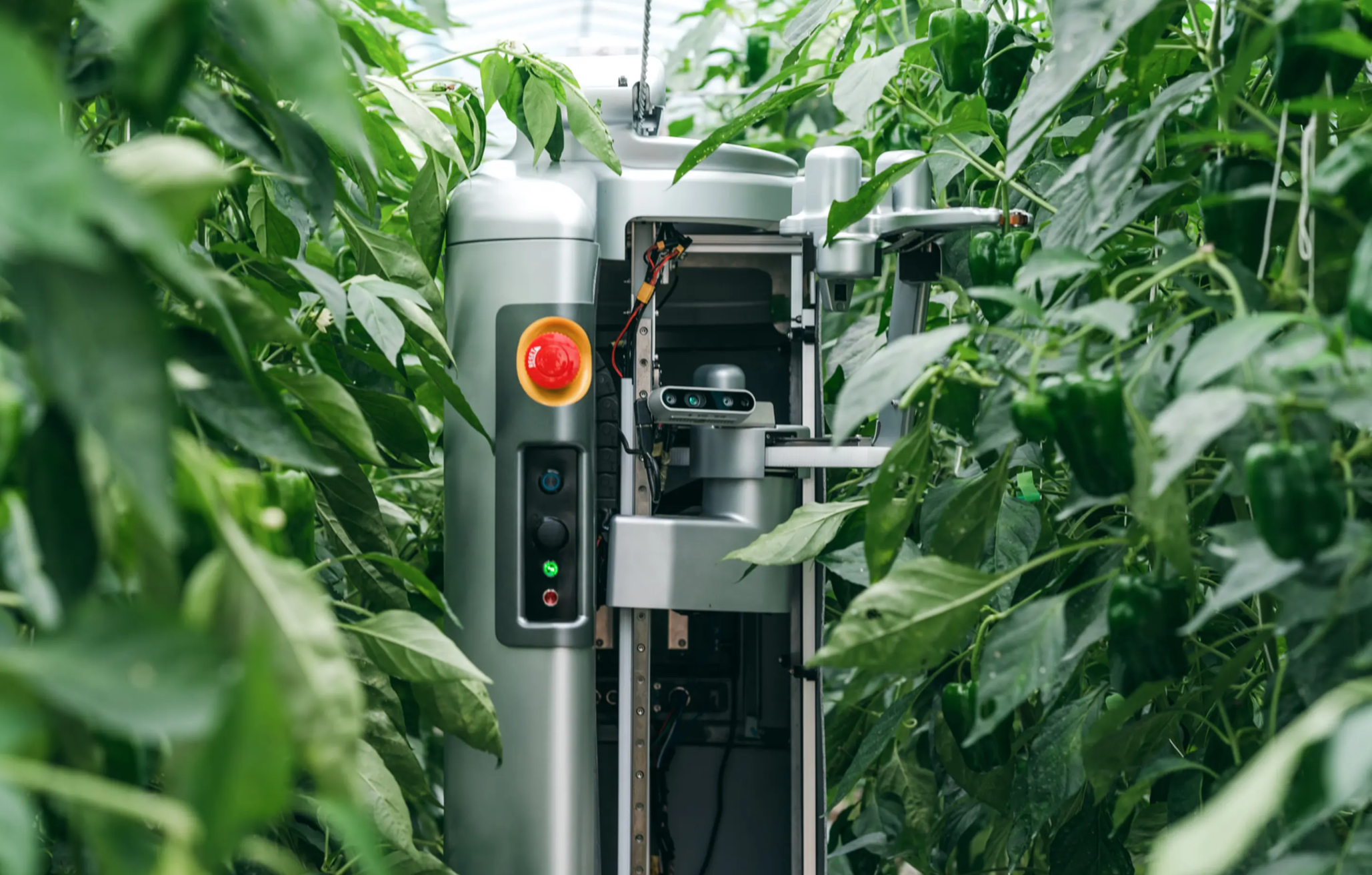
Agricultural robotics is beginning to be explored in arable farming. By becoming driverless, farming vehicles can achieve more while involving fewer people, people who would otherwise need to work on other tasks that are beyond their reach. There is the chance to spray whole fields faster and go deeper with plows, while drills can be used to seed into the ground faster and with more precision.
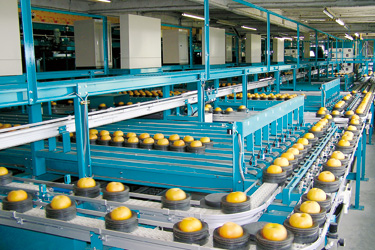
Large industrial machines no longer address erosion of the soil, or livestock diseases. As farming becomes increasingly precise, accurate, and small, artificial intelligence will forge a new type of farming that will prove sustainable and high-yielding.
Farming crops today requires the day-to-day management of the field where it comes to resources – water and nutrition, as well as weed control, whereas management of the crops is a tricky and ever-challenging journey from seeding, growth and pest monitoring, and finally choosing the optimal date of ripeness and harvesting. Artificial intelligence allows for both field and crop monitoring systems to perform all of these tasks, relieving farmers from tedious and labor-intensive tasks, and providing them with choice-making information such as predicting events – the appearance of pests, the lack of nutrients in a given area, and in the case of livestock, the emergence of disease or pregnant cattle going into labor.
